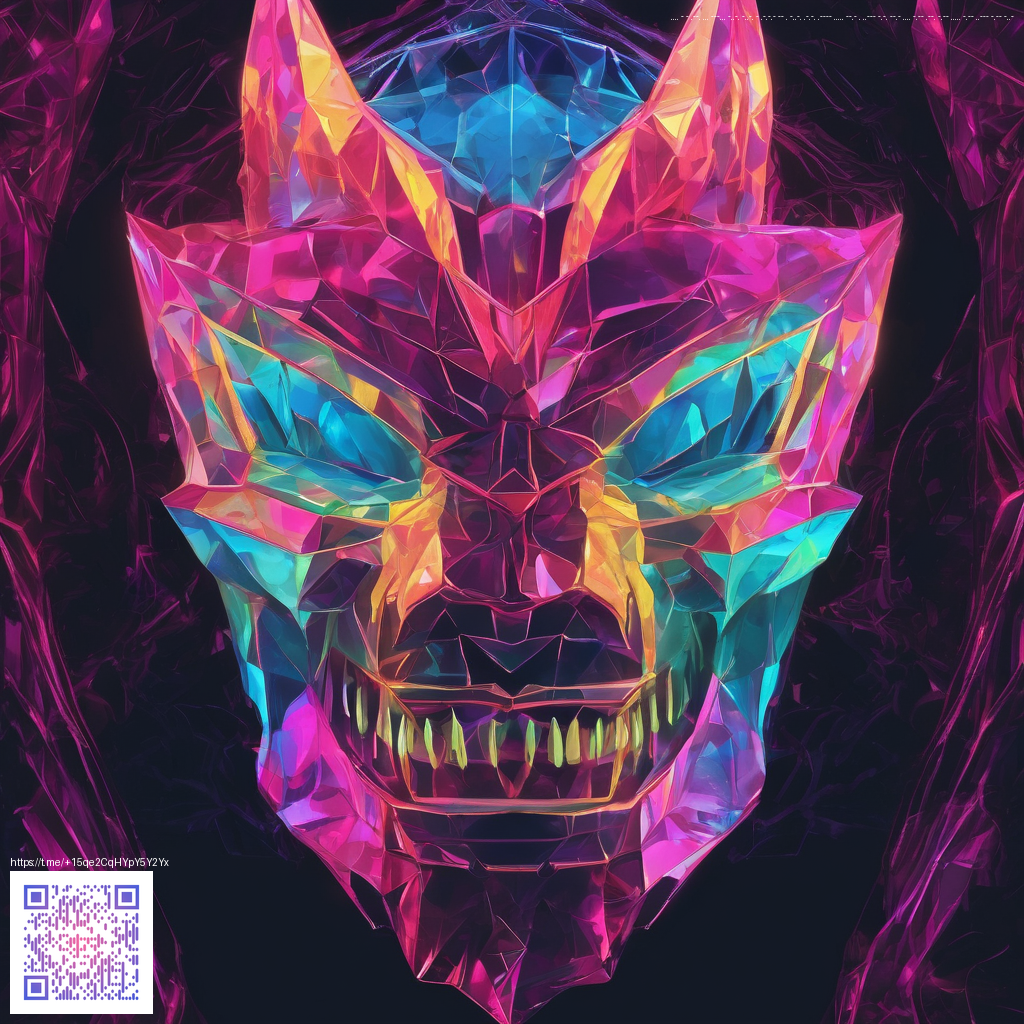
Strategies for Crafting Standout Etsy Logo Templates for Brands
Designing a logo template that scales across an Etsy shop isn’t just about making something pretty. It’s about creating a flexible system that can grow with a brand—from a tiny thumbnail in search results to a full storefront banner and product packaging. A well-thought-out template empowers a brand to stay cohesive, even as the product mix evolves. In practice, this means building logo marks, typography, and color palettes that can be recombined without losing personality.
Start with your brand voice. Is the shop playful and bold, or refined and minimal? The template should reflect that vibe rather than chasing trends. When you approach logo templates with this mindset, you end up with core building blocks—an adaptable lockup, a simplified mark, and a set of rules for how those elements can be resized or rearranged. And if you’re exploring additional assets for a branded workspace, consider practical items that reinforce identity in day-to-day use. For instance, a thoughtfully designed desk pad can echo your branding’s color story and typography, helping you extend your template beyond the screen. If you’re curious, you can explore a product that represents this idea here: Custom Mouse Pad Round or Rectangle Neoprene Non-Slip Desk Pad.
“A logo is not just an icon; it’s a system of marks that must breathe across every channel.”
Key elements that make Etsy logo templates work
- Simplicity and scalability: A strong logo works at tiny thumbnail sizes yet remains legible when enlarged for banners or print.
- Versatile lockups: Create horizontal and stacked variations that preserve balance and legibility across diverse layouts.
- Color and contrast rules: Include a primary color palette plus accessible alternatives to ensure visibility on light and dark backgrounds.
- Typography that travels well: Choose typefaces with clear x-heights and robust letterforms; pair a primary display font with a readable secondary font for product descriptions and shop sections.
- Guidelines for uses: Provide clear instructions for minimum sizes, spacing, and how the logo behaves on promotional materials, packaging, and social visuals.
When you design with a template mindset, you’re not locking a brand into one look; you’re giving it the freedom to evolve. A well-documented logo template acts like a branding cheat sheet: it tells designers and shop owners how to apply the mark consistently while leaving room for creative expression in product photography, banner graphics, and Etsy storefront elements. For inspiration on how physical assets can echo digital branding, a curated desk accessory like the desk pad mentioned above can be a practical touchpoint for designers creating cohesive shop experiences. See the product here for a tangible example of how branding can extend into everyday office items: Custom Mouse Pad Round or Rectangle Neoprene Non-Slip Desk Pad.
Workflow matters just as much as aesthetic. A practical template workflow might include a vector-based logo mark for crisp scaling, a defined grid system to maintain alignment across variations, and a small library of ready-made colorways. Start with a master logo and generate variations that fit different Etsy assets: favicon for the shop tab, avatar for customer messages, header banners for listing pages, and product packaging tags. By pairing this template system with consistent documentation, you’ll reduce back-and-forth explanations and accelerate the shop’s growth—without sacrificing brand personality.
Practical tips and common pitfalls
- Test your templates at multiple sizes to ensure legibility and impact, especially in thumbnail views.
- Prefer vector-based logos for scalability; provide PNGs with transparent backgrounds for flexible usage.
- Avoid overcomplicating the color palette; a dominant color with a few accents often translates best across platforms.
- Document usage rules clearly, including safe zones, minimum clear space, and when to use monochrome variants.
- Solicit feedback from fellow designers or shop owners to catch readability or balance issues you may not notice yourself.
As you build these templates, don’t forget to examine the broader branding ecosystem on Etsy. The same template discipline you apply to logos should influence shop banners, product photography frames, and even packaging labels. A cohesive kit makes your brand more memorable and trustworthy in a crowded marketplace.